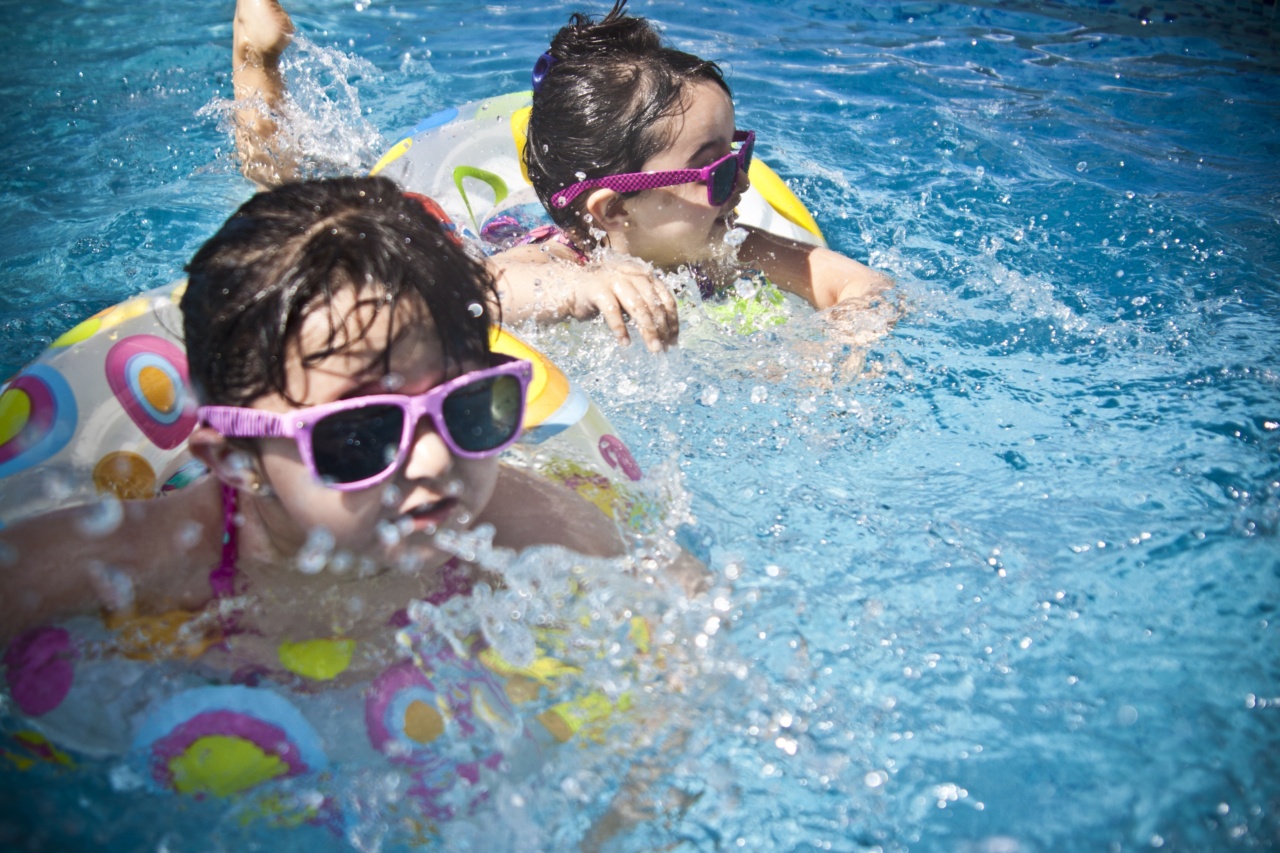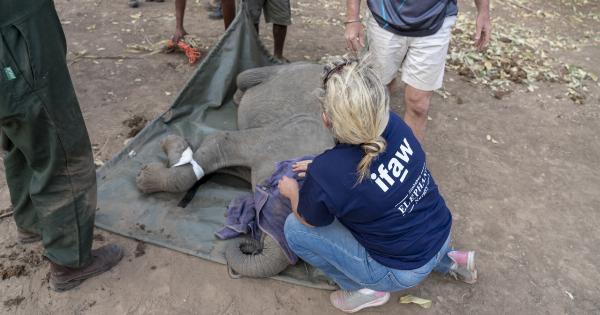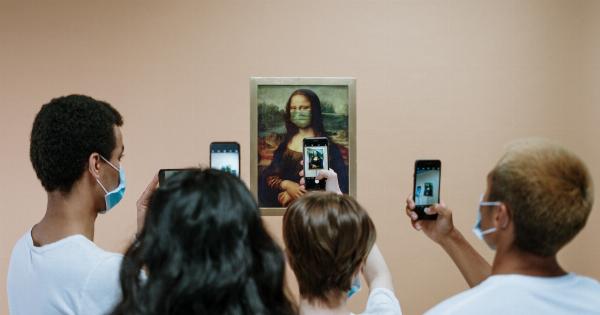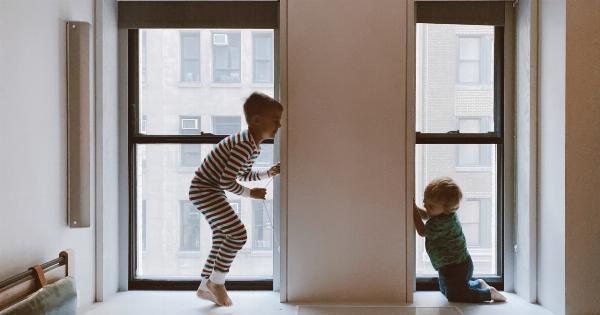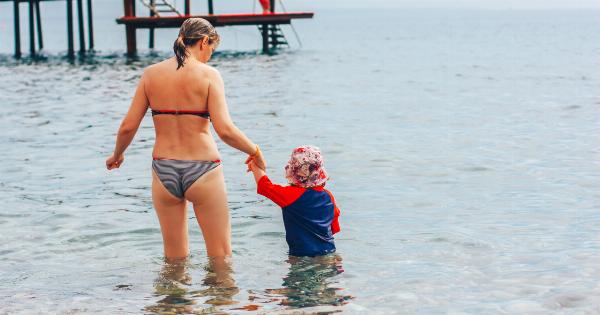Swimming is a popular activity that many children enjoy during the day, providing them with endless fun and valuable exercise. However, nighttime swimming may not be a good idea for your child.
While it may seem exciting and adventurous to swim under the moonlight or in well-lit pools, there are risks and potential dangers that parents should be aware of. In this article, we will explore why nighttime swimming can pose a safety hazard for your child.
The Lack of Visibility
One of the main reasons why nighttime swimming is a bad idea for your child is the lack of visibility. Even in well-lit pools, the darkness of the surrounding environment can make it difficult for swimmers to see clearly.
This lack of visibility can lead to accidents and collisions, as swimmers may not be able to see each other or hazards in the water. Without proper visibility, it becomes challenging to spot potential dangers and respond quickly to them.
Poor Depth Perception
Another important aspect affected by nighttime swimming is depth perception. Depth perception is the ability to judge the distance and depth of objects accurately.
In low-light conditions, such as swimming at night, depth perception is compromised, making it harder for swimmers to assess their surroundings. This can be especially dangerous for children who may misjudge the depth of the water or the distance to the pool’s edge, increasing the risk of accidents and injury.
Limited Supervision
Supervision is crucial when it comes to ensuring the safety of children in or around water. However, nighttime swimming often means there is limited supervision available, as parents may be less vigilant or unable to see potential dangers clearly.
Even if there are lifeguards present, their visibility and ability to monitor swimmers may be compromised during nighttime hours. This lack of adequate supervision significantly increases the potential risks for your child’s safety.
Potential for Hypothermia
Swimming in cold water for an extended period can lead to a condition called hypothermia. This occurs when the body loses heat faster than it can produce it.
Nighttime temperatures are typically cooler, and without the warmth of the sun, the risk of hypothermia increases. Children, in particular, may have a harder time regulating their body temperature, making them more susceptible to this condition. Hypothermia can be life-threatening, causing shivering, confusion, exhaustion, and even loss of consciousness.
Inadequate Lighting in Public Pools
While some public pools may have lighting in place, it is essential to note that the lighting conditions may not be sufficient for safe nighttime swimming. Dim or inadequate lighting can create shadows and obscure hazards in the water.
Moreover, the flickering or low-intensity lighting can reduce visibility and make it difficult to identify potential dangers, such as slippery surfaces or objects floating in the water. It is crucial to assess the lighting quality before considering nighttime swimming in public pools.
Increased Risk of Accidents
Accidents are more likely to happen during nighttime swimming due to the aforementioned factors.
Collisions between swimmers, diving into shallow water, or accidentally stepping on underwater objects are just a few examples of the potential accidents that can occur when visibility is reduced. In addition, slips and falls are more common when surroundings are not well-lit. Any of these accidents can cause serious injuries, such as head trauma, fractures, or sprains.
Potential for Increased Strain on Lifeguards
While lifeguards are trained to ensure the safety of swimmers, nighttime swimming can place an increased strain on them.
In low-light conditions, lifeguards may have difficulty spotting distressed swimmers or recognizing signs of trouble in time to provide assistance. The reduced visibility can hinder their ability to respond promptly and efficiently to emergencies, potentially compromising the level of protection they can offer.
Risk of Waterborne Infections
Swimming in the dark presents an additional risk of waterborne infections. In poorly lit areas where visibility is low, it can be challenging to determine if the water is clean or contaminated.
Bacteria and other microorganisms that can cause infections may go unnoticed, increasing the chances of contracting illnesses such as ear infections, gastrointestinal issues, or skin irritations. It is necessary to ensure that the water is properly maintained and regularly tested for safety, especially when swimming at night.
Distractions and Encounters with Wildlife
Swimming during the day allows children to focus on the activity itself. However, at night, various distractions can arise, reducing their attention to the water and potential dangers. Nighttime swimming may also invite encounters with nocturnal wildlife.
Depending on the geographical location, this can include animals such as bats, frogs, or even snakes. Any unexpected interaction with wildlife can startle swimmers and increase the likelihood of accidents or panic-induced responses, potentially causing harm.
Safety Tips for Nighttime Swimming
If you still decide to allow your child to swim at night, it is crucial to take additional precautions to ensure their safety:.
- Always ensure there is adequate adult supervision. Have a responsible adult present who can devote their full attention to monitoring the swimmers.
- Choose swimming locations with proper lighting. If swimming in a pool, make sure the surrounding area is well-lit. Avoid swimming in poorly lit public pools or natural bodies of water.
- Instruct your child to swim with a buddy. Ensure they understand the importance of staying close to a trusted partner and watching out for each other.
- Equip your child with a reliable flotation device. A properly fitting life jacket or floatation belt can provide added safety and peace of mind, particularly for younger or less confident swimmers.
- Teach your child water safety rules. Make sure they understand the importance of never diving into unknown or shallow areas and to be cautious of potential hazards in the water.
- Regularly inspect the swimming area for any potentially dangerous objects. Remove any toys, floating devices, or debris that could pose a safety risk or lead to accidents.
- Encourage your child to use a waterproof flashlight. This will help improve visibility and enable them to spot any obstacles or hazards in the water.
- Check the weather forecast and ensure swimming conditions are safe. Avoid swimming in storms, strong currents, or unstable weather conditions that may increase the risks associated with nighttime swimming.
- Monitor your child for signs of hypothermia. If your child starts shivering, seems unusually exhausted, confused, or complains of feeling extremely cold, get them out of the water and provide warm clothing and fluids immediately.
- Communicate with your child about the potential risks and importance of staying cautious while swimming at night. Open dialogue and clear communication can help them understand the need for responsibility and precautions.
Conclusion
While nighttime swimming may seem exciting and novel, it is important to prioritize your child’s safety.
The lack of visibility, compromised depth perception, limited supervision, increased risk of accidents, and potential encounters with wildlife all make nighttime swimming a bad idea for your child. However, if you still decide to allow it, following the provided safety tips and taking extra precautions can help minimize the risks associated with swimming in the dark.
Remember, making informed decisions and ensuring proper safety measures are in place are essential to keeping your child safe during nighttime swimming.
